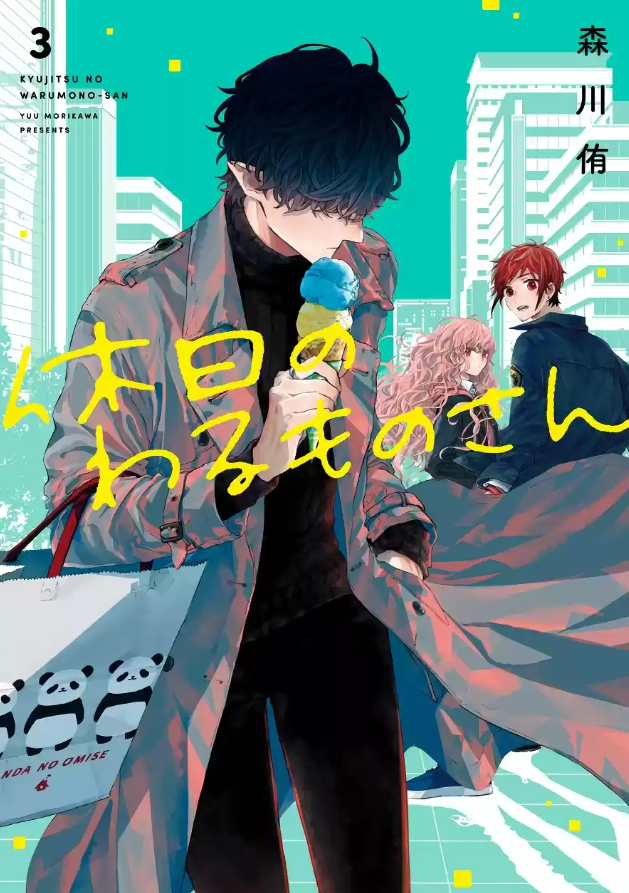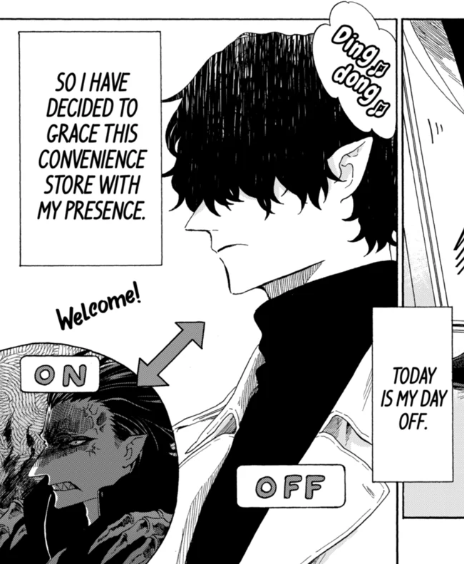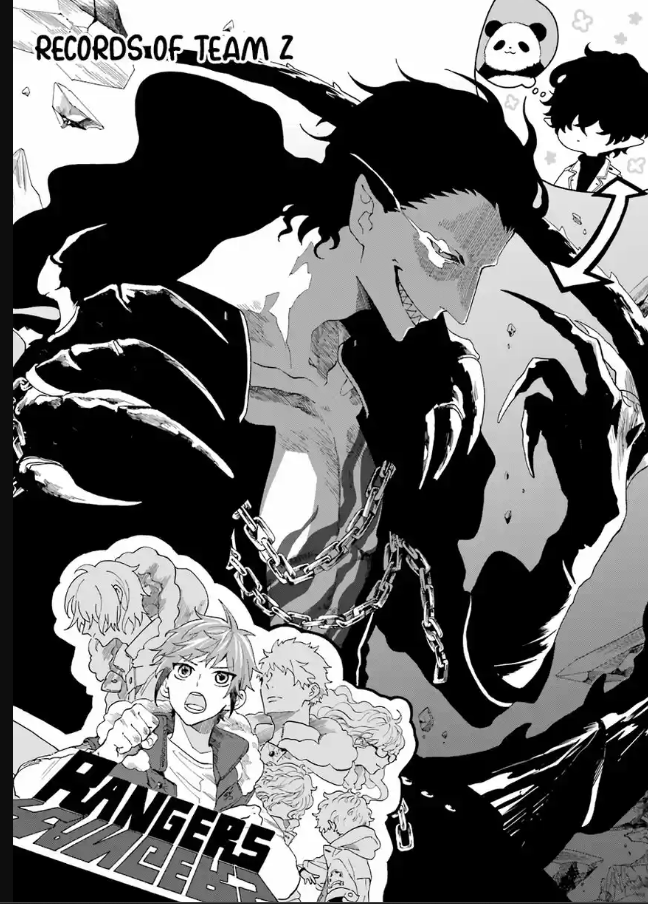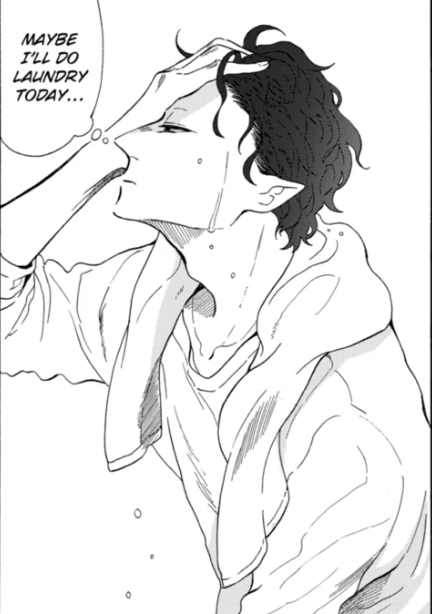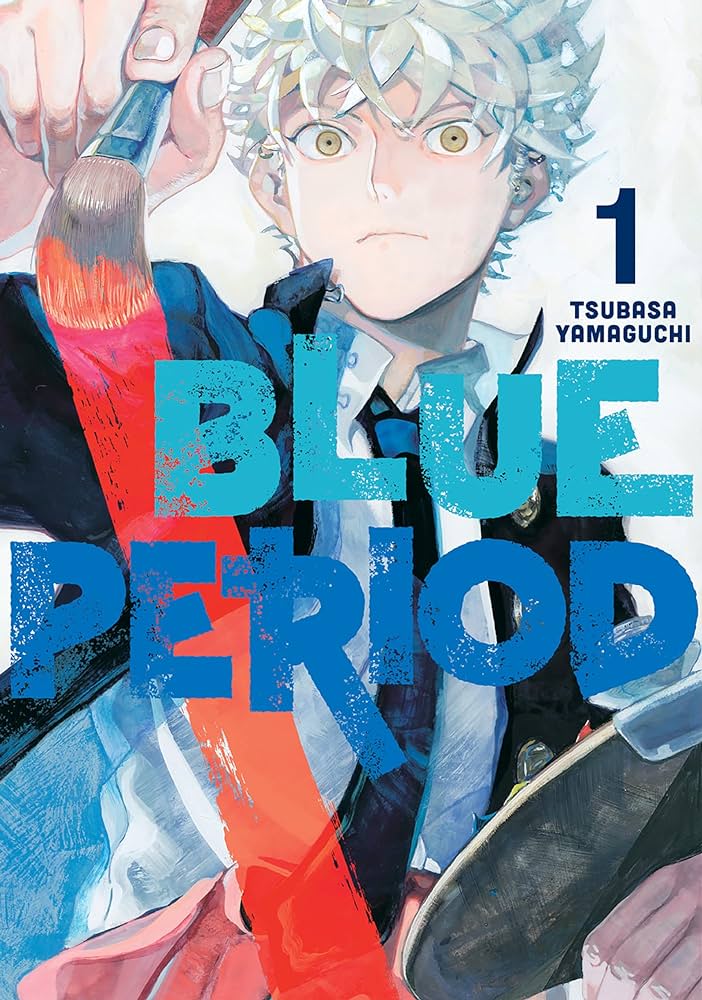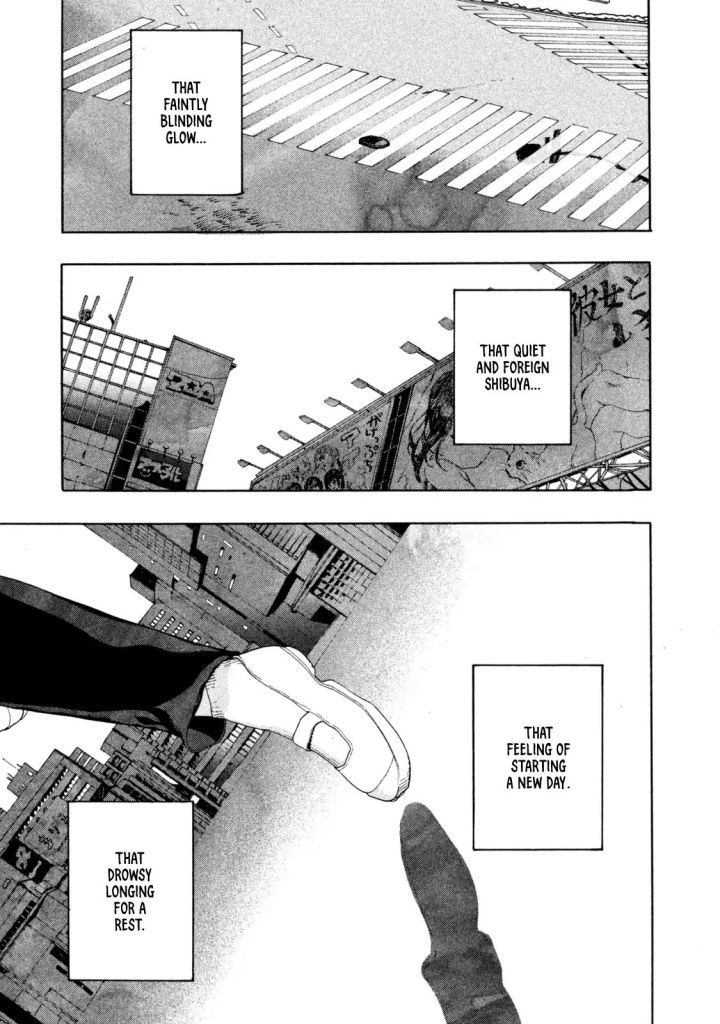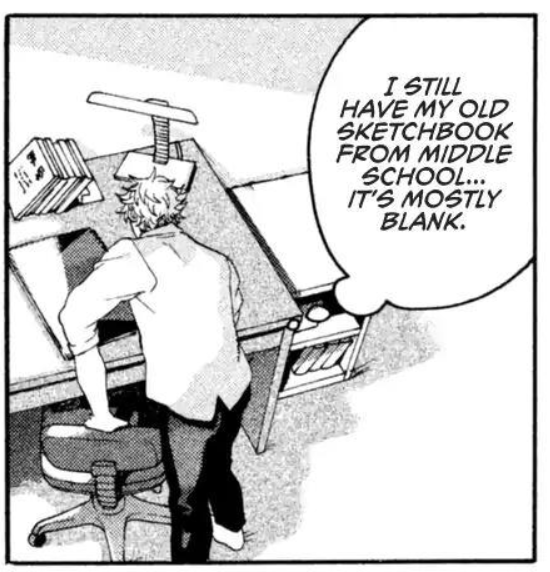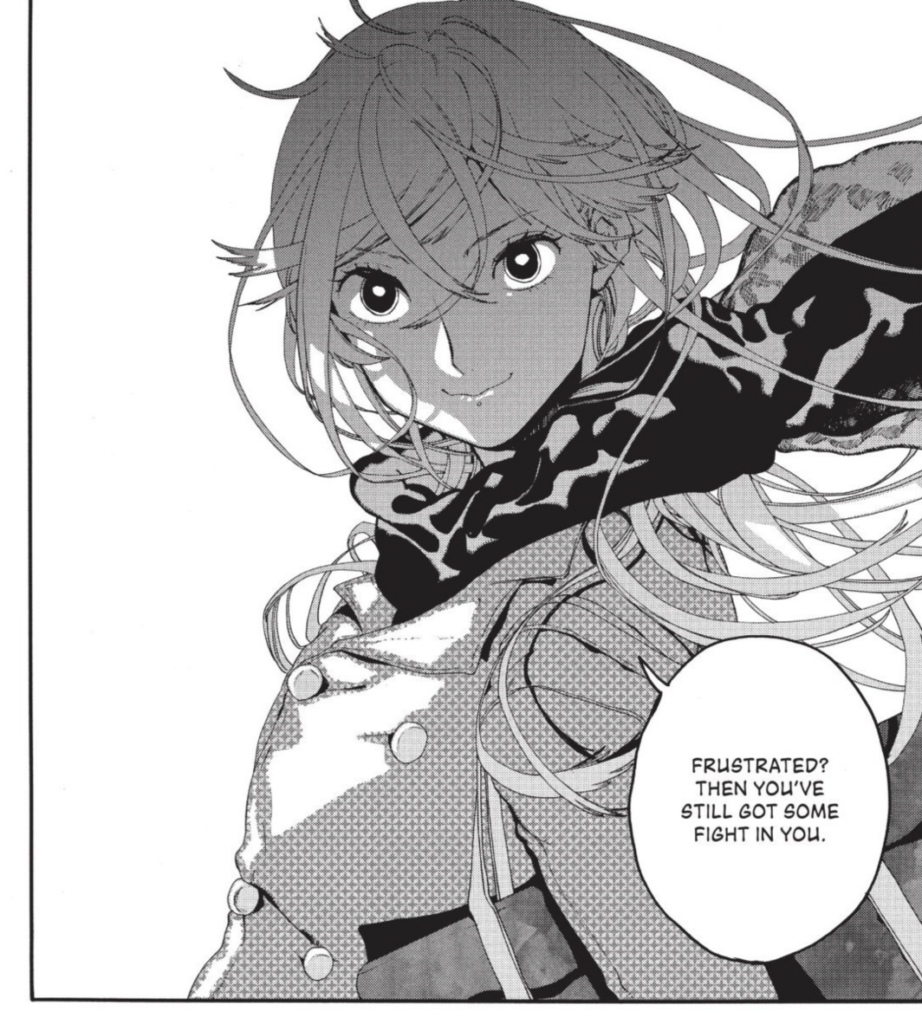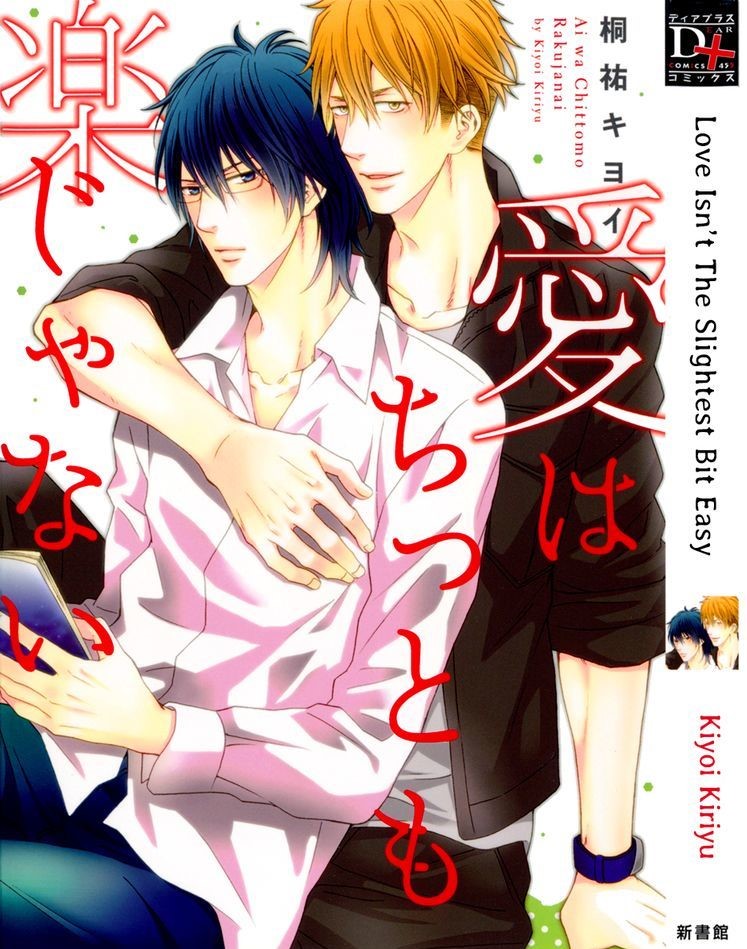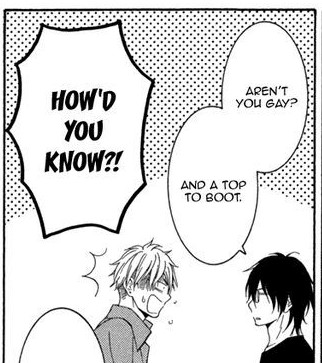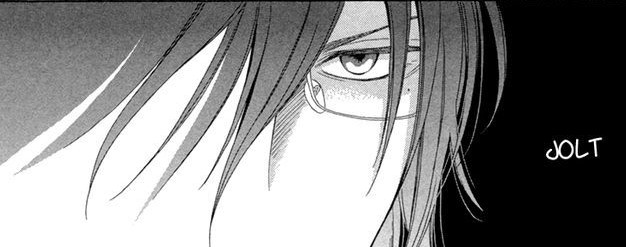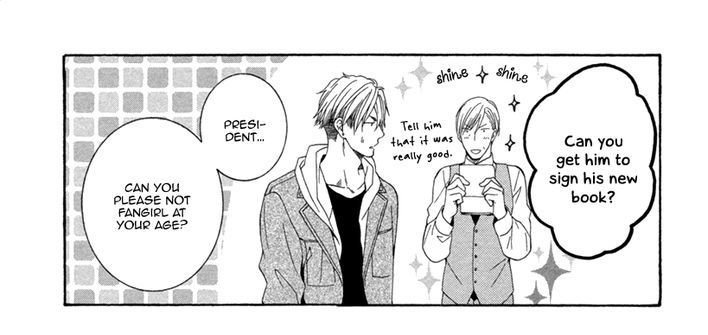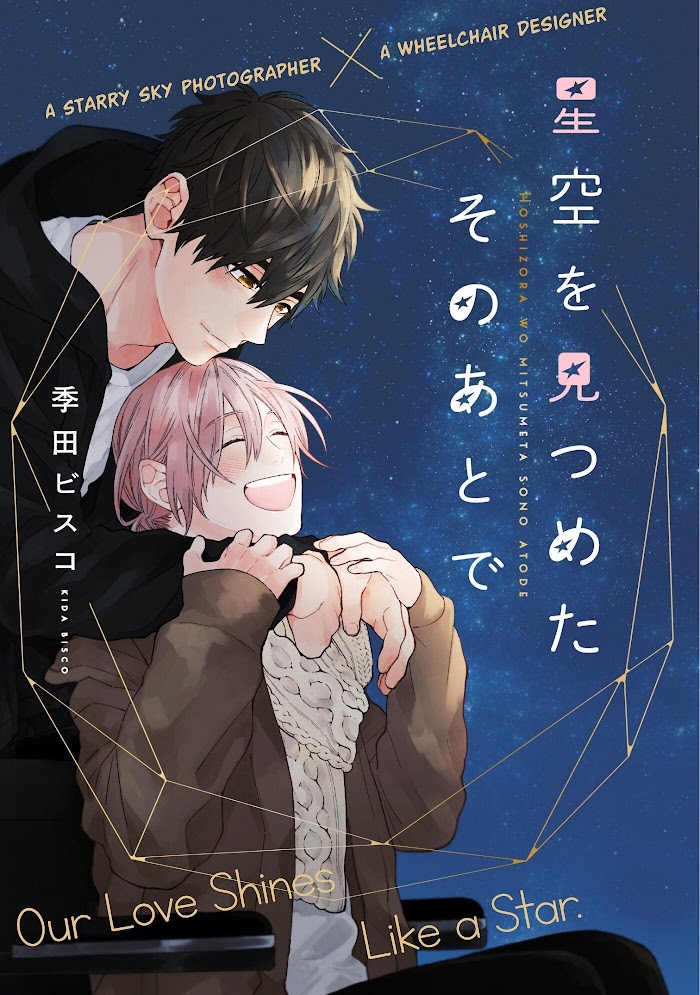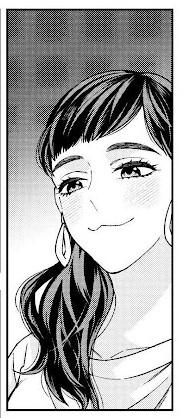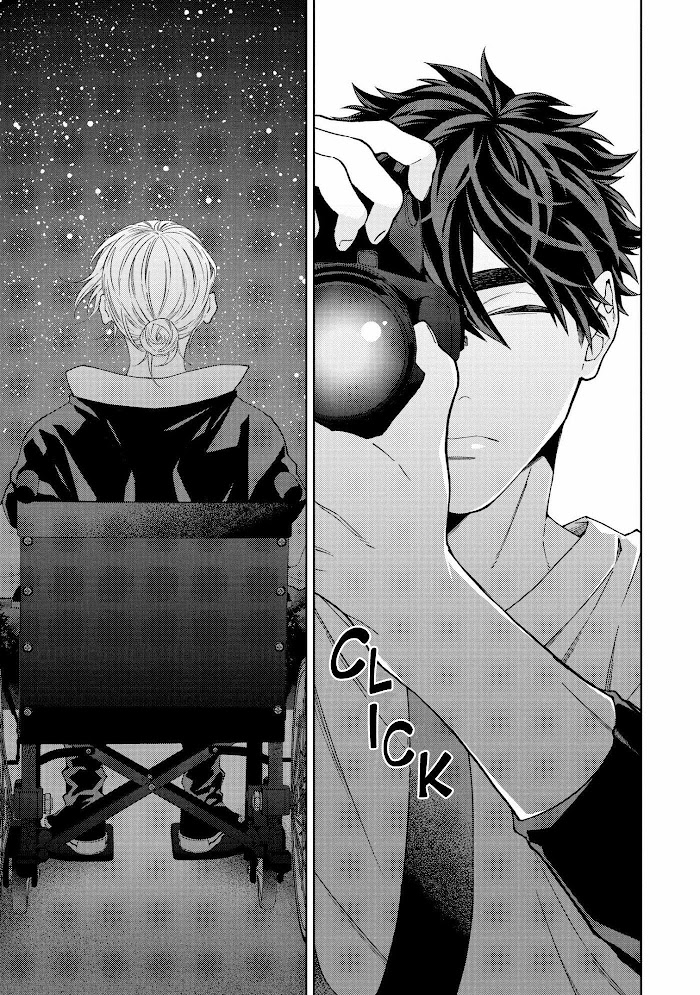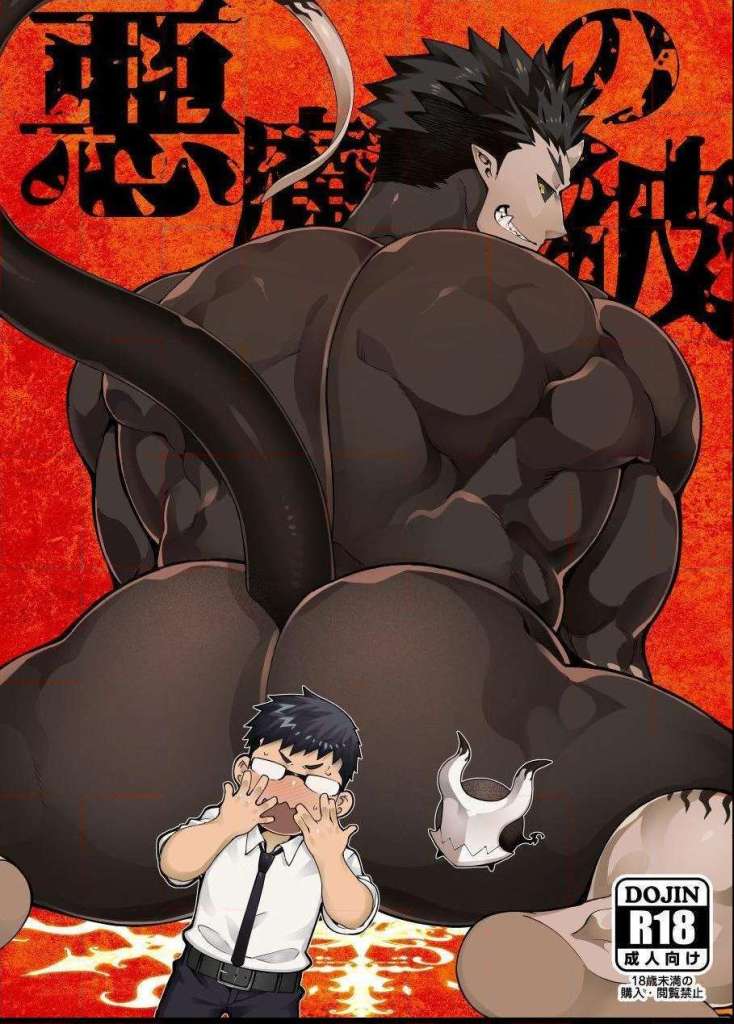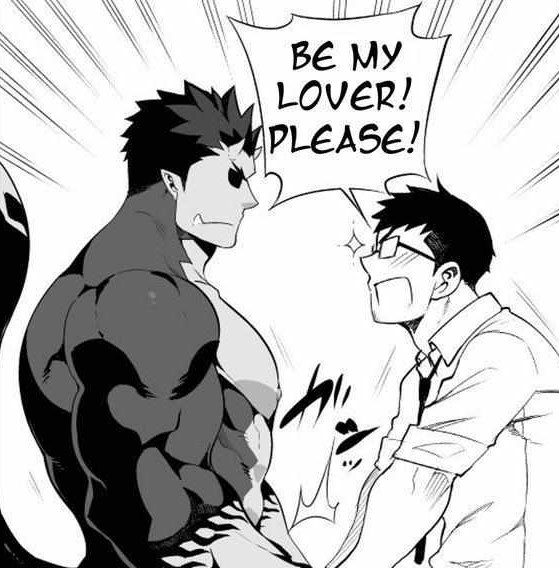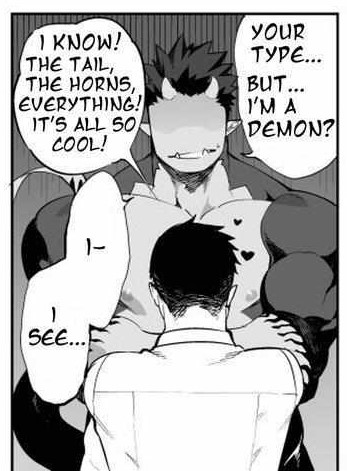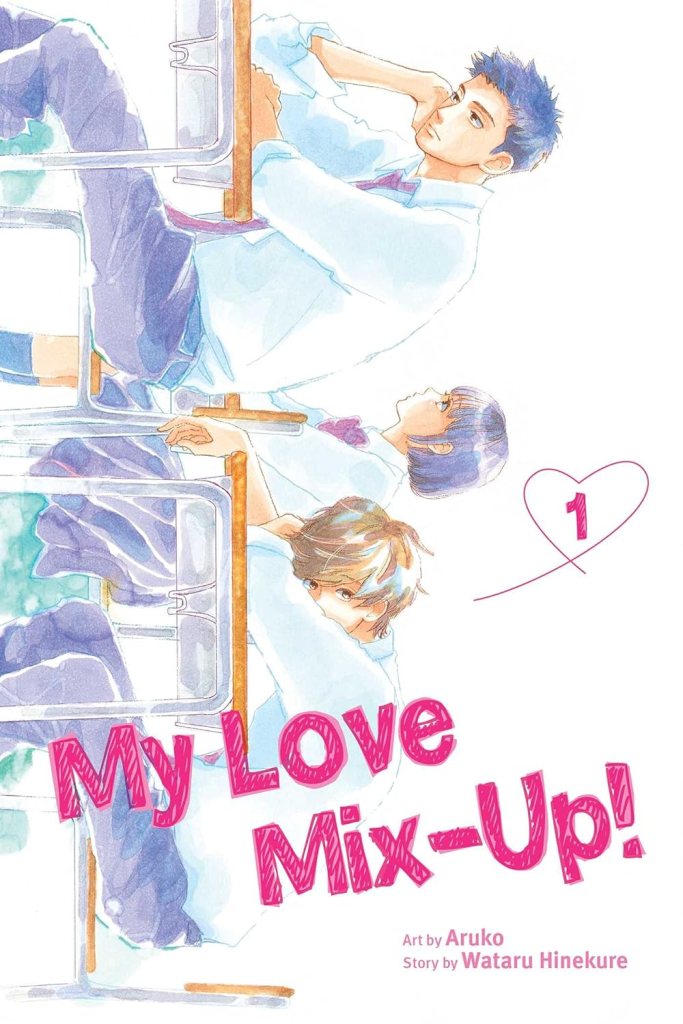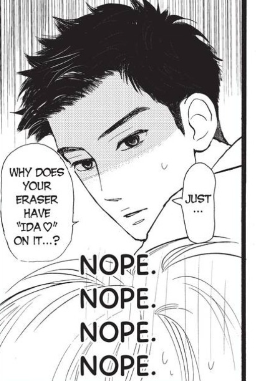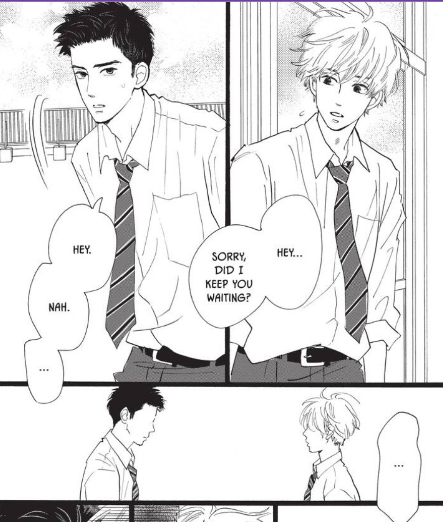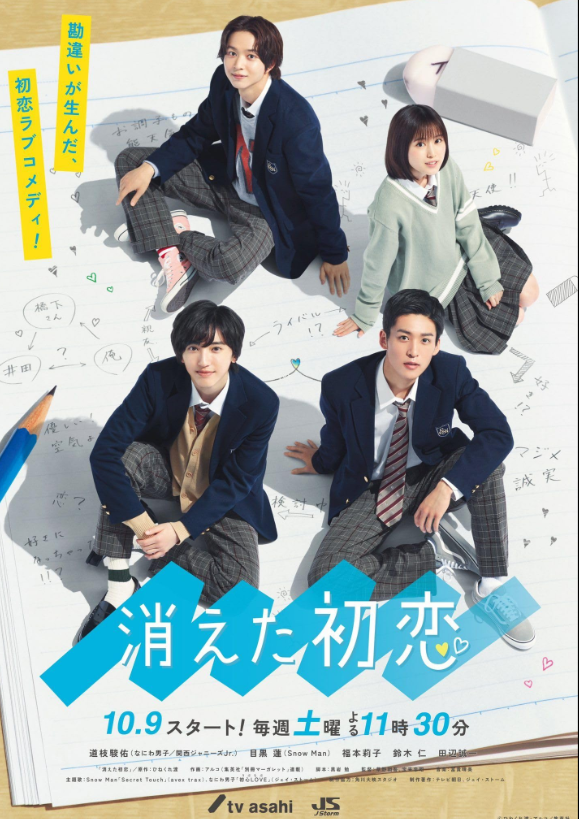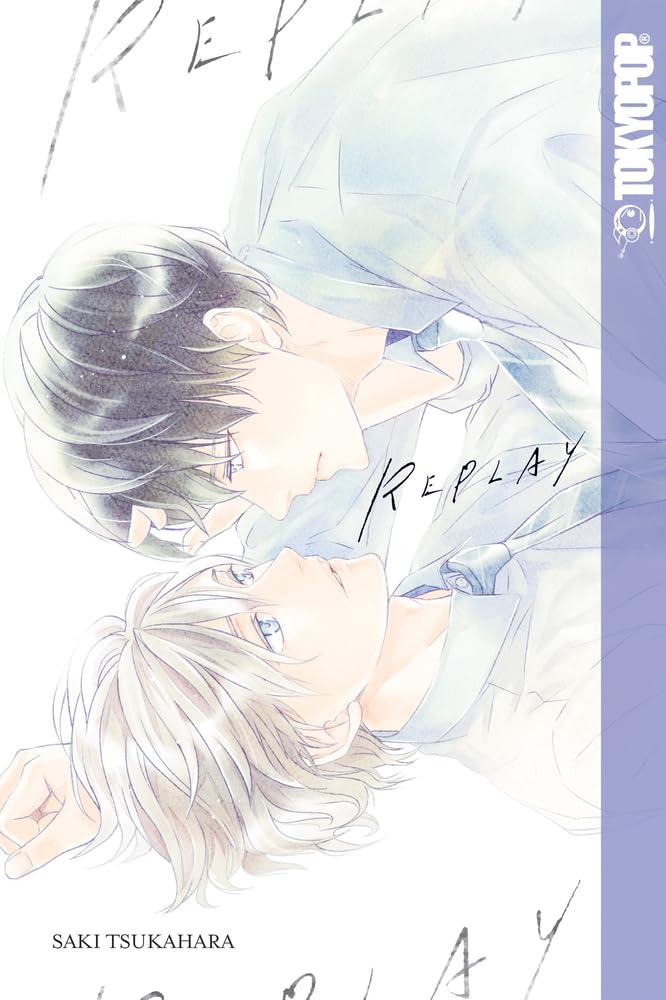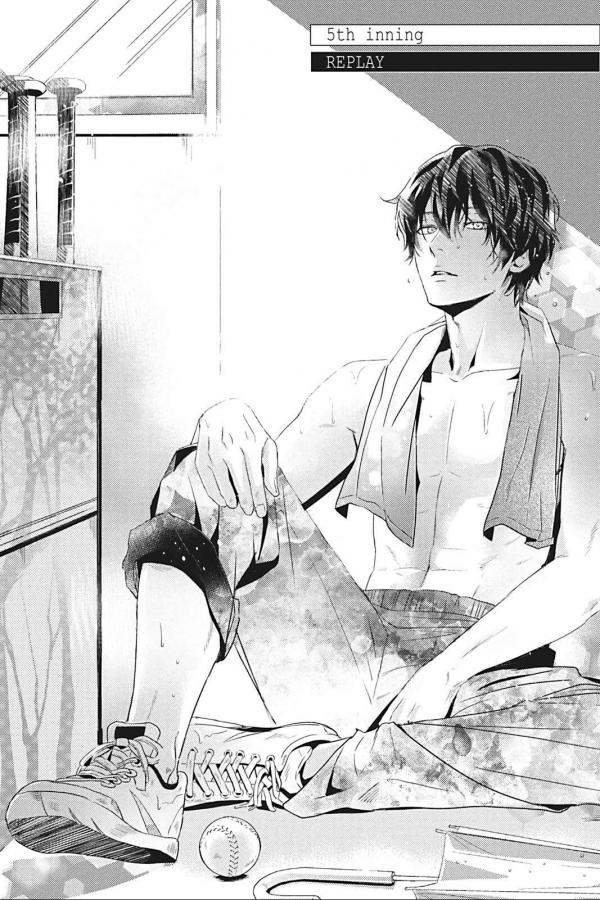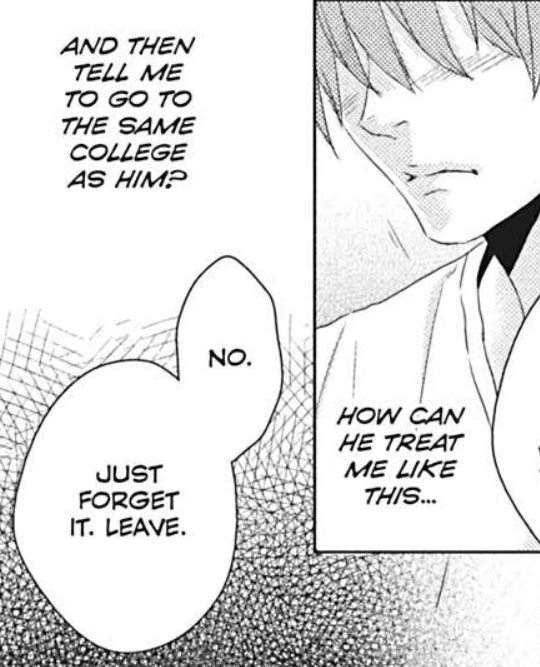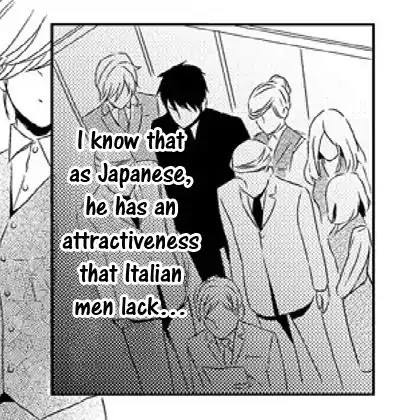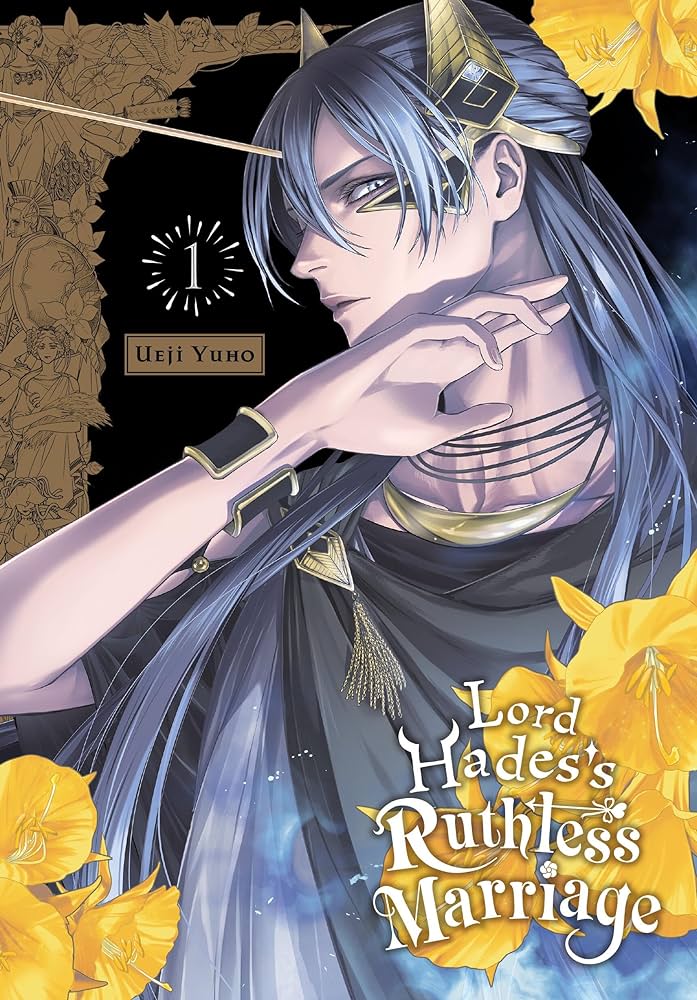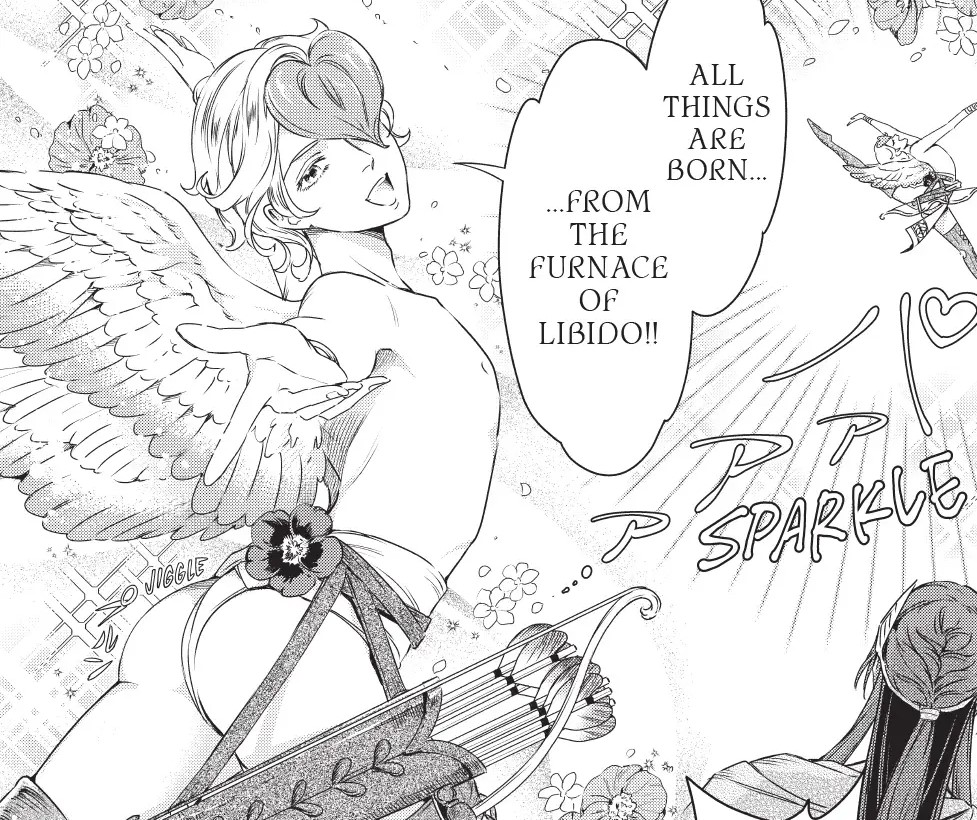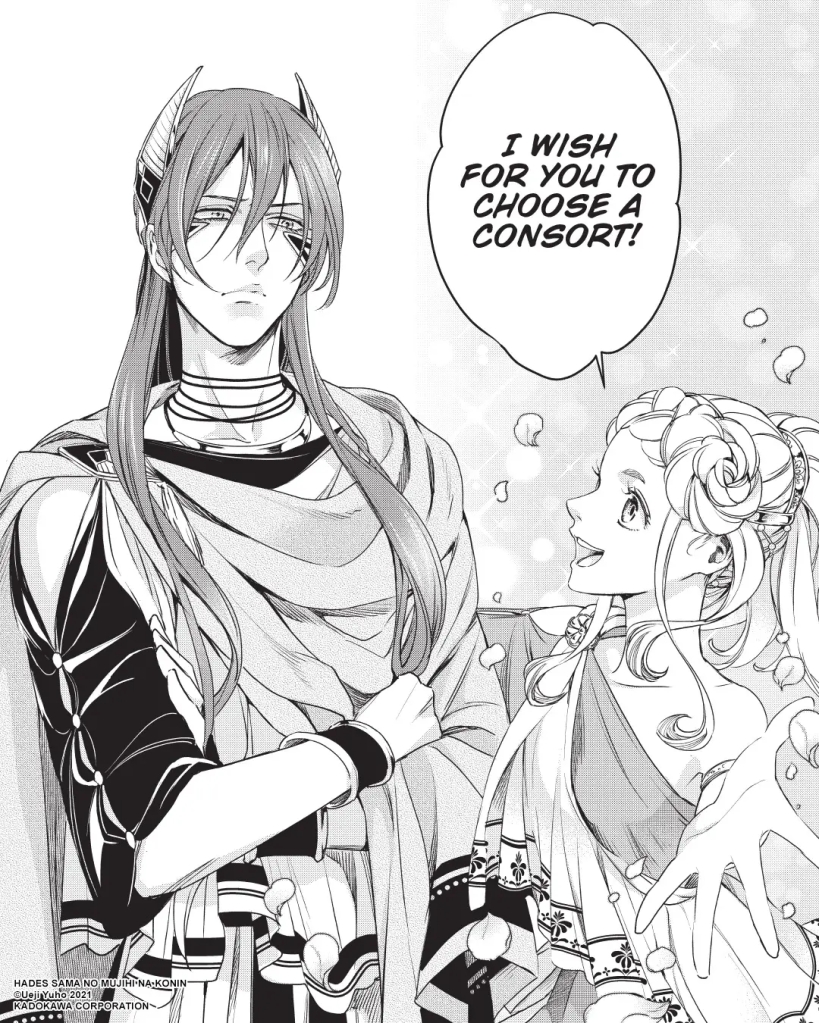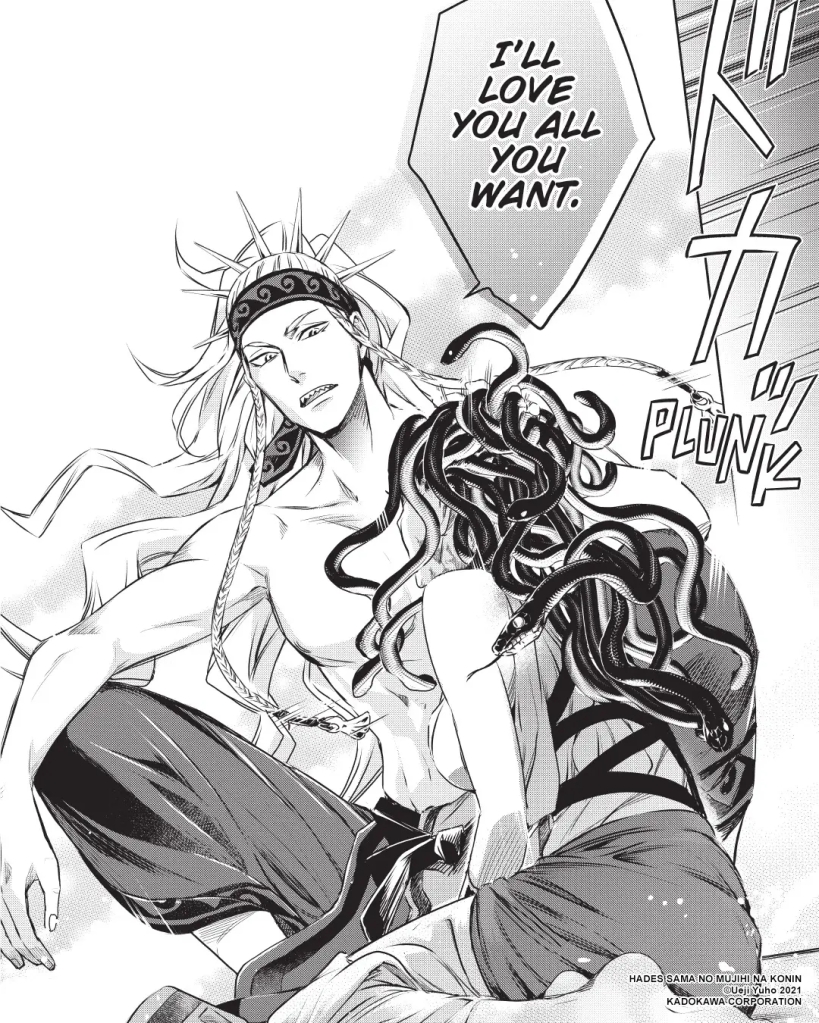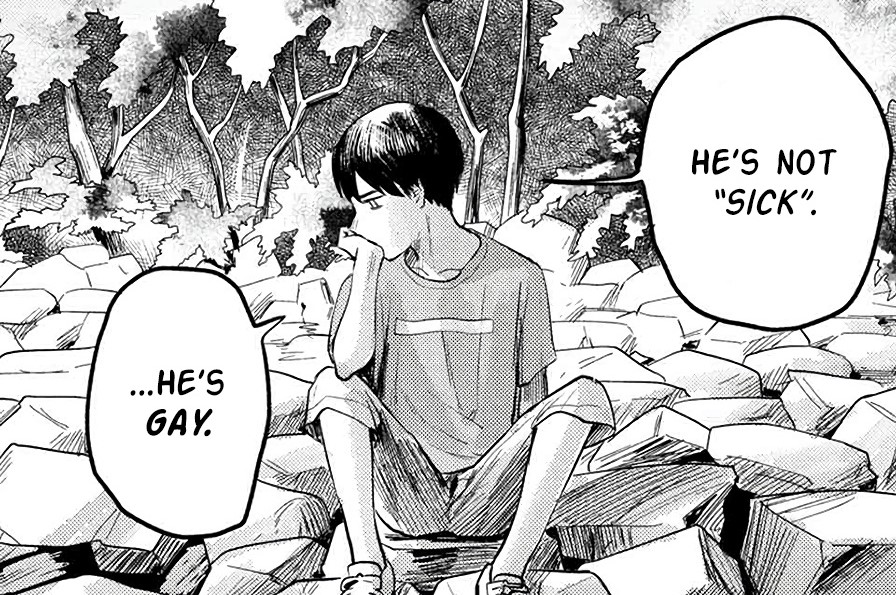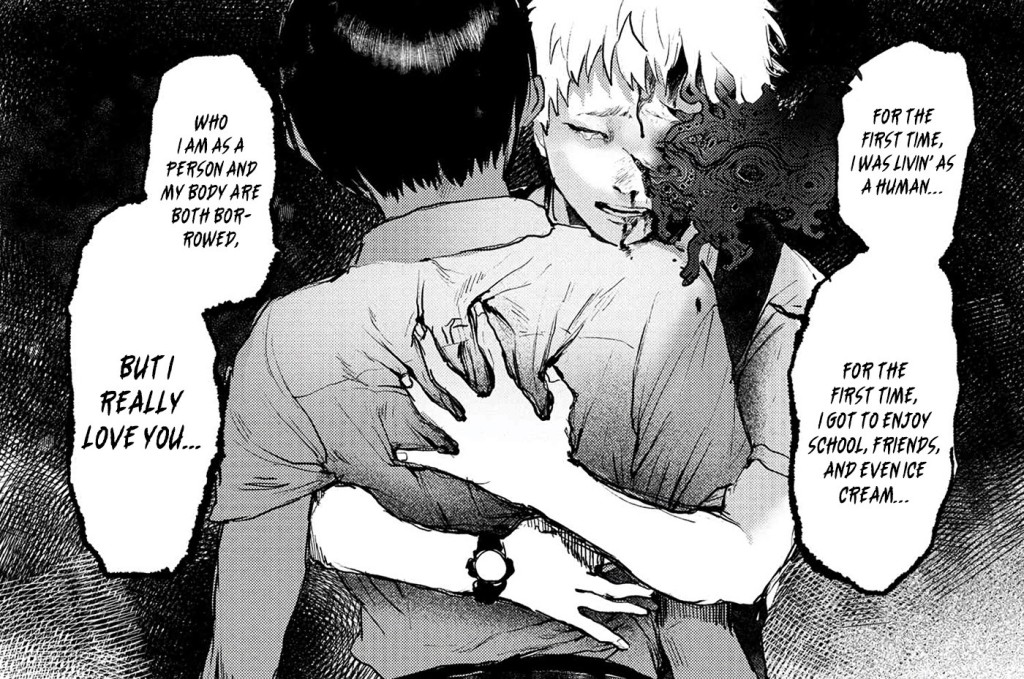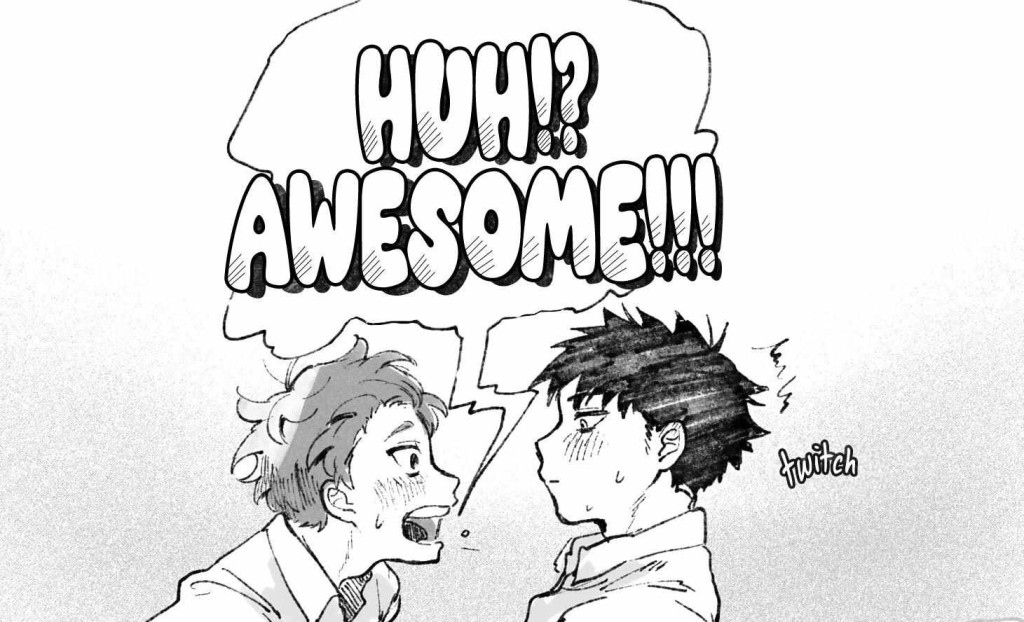The other day, at the library, I picked up this poignant manga, Aoi Uroko to Suna no Machi/Mermaid Scale and the Town of Sand from the award-winning author Komori Yoko.
SPOILERS
.
.
.
.
I want to begin this review with a little aside that is mostly apropos of nothing, except that I am frustrated at people who jump to conclusions about anime and manga.
Just the other day, on The Internet, someone on my Feed posted this cartoon:

Which, yeah.
Not going to defend the pedophile. No f*cking way.
However, what bummed me out, was the extent to which all of the people reading this immediately jumped into the comments to say, “THIS is why I can never get into anime and manga.” I forced myself to hold my fingers from the keyboard as I scrolled past these comments because no good comes from attempting to defend the undefendable. There is no way to wade into the comment thread and say, “Bah, stuff like that doesn’t exist in manga!” because, of course, it does exist (and I’ve reviewed some of it here!). There are entire genres of ecchi and yaoi and yuri with very underaged-looking people and, of course, all that fan service sh*t.
Thanks to that, there’s nothing a person can say.
Even so, it still frustrates me because this is why, as an adult, I get side-eyed when I’m in the teen room at the library checking out manga. And, believe me, I HAVE gotten dark looks–even when the manga I’m checking out is Mermaid Scales and the Town of Sand, which is a story of a middle school-aged girl working through her complicated feelings around her parent’s divorce and the subsequent upheaval of moving from Tokyo to a small, seaside town in Japan.
The art in this manga is just stunning… despite it’s unusual, simplistic style.

And the story is sophisticated.
Tokiko remembers a mermaid rescuing her from drowning when she was four years old. She and her family were visiting her mothers’ hometown by the sea, and her mother had fallen asleep on the shore. Tokiko had wandered off too far slipped off what looks like the continental shelf, into a fathomless drop. Her memories are so vivid she can recall the color of the mermaid’s brilliant blue scales. (Which is the aoi [blue] of Aoi Uroko [Blue Scales] of the Japanese title, if you were wondering.)
Now, Tokiko’s parents are separated and her father has brought Tokiko back to this seaside town in order to live with her mother’s mother, while he searches for a new job. This town seems to have some strange connections to mermaids and a sea god known as Wadatsumi. On top of all these mysteries, there is a boy in her new school who looks hauntingly like the merman she remembers. All of it, Tokiko believes is, somehow, is connected to her mother.
And it is… though the fantasy elements never fully materialize, except as metaphors.
What I ended up loving about the story is how much of it is a quiet, contemplative look at what is essentially the grief of that moment (or moments) when you first discover that your parents are human beings with flaws, who make sometimes quite terrible mistakes. Although in this case, the biggest mistake Tokiko’s mom seems to make is being a bit of an airhead who falls for a man who isn’t Tokiko’s father. Even so, from Tokiko’s point of view this is something so complicated to contemplate that she has to learn to put in a box and drop into the deepest ocean of her subconscious until she’s ready to deal with it.
I enjoyed, too, watching this small town embrace Tokiko. She immediately makes friends and has the kinds of adventures I remember having at that age–where the group dares itself to enter the long, dark tunnel that’s been closed off. Is it dangerous because its structurally unsound… or is there a MONSTER lurking in there??

So, yeah, I just read a book about middle schoolers. I don’t know what that makes me. Never mind that Mermaid Scales and Town of Sand was marketed as josei in Japan to an adult, female audience.
Sigh.
At any rate, I’d recommend it, if you can withstand the dark looks.



